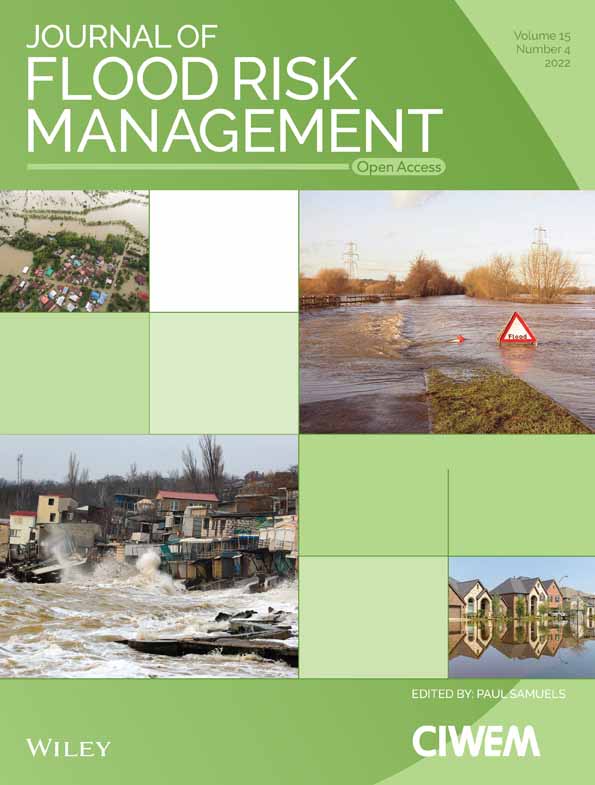Aggregation bias and its drivers in large-scale flood loss estimation: A Massachusetts case study
Funding information: Boston University; U.S. Department of Energy, Office of Science, Biological and Environmental Research Program, Earth and Environmental Systems Modeling, MultiSector Dynamics, Grant/Award Numbers: DE-SC0016162, DE-SC0022141
Abstract
Large-scale estimations of flood losses are often based on spatially aggregated inputs. This makes risk assessments vulnerable to aggregation bias, a well-studied, sometimes substantial outcome in analyses that model fine-grained spatial phenomena at coarse spatial units. To evaluate this potential in the context of large-scale flood risk assessments, we use data from a high-resolution flood hazard model and structure inventory for over 1.3 million properties in Massachusetts and examine how prominent data aggregation approaches affect the magnitude and spatial distribution of flood loss estimates. All considered aggregation approaches rely on aggregate structure inventories but differ in whether flood hazard is also aggregated. We find that aggregating only structure inventories slightly underestimates overall losses (−10% bias), and when flood hazard data is spatially aggregated to even relatively small spatial units (census block), statewide aggregation bias can reach +366%. All aggregation-based procedures fail to capture the spatial covariation of inputs distributions in the upper tails that disproportionately generate total expected losses. Our findings are robust to several key assumptions, add important context to published risk assessments and highlight opportunities to improve flood loss estimation uncertainty quantification.
Open Research
DATA AVAILABILITY STATEMENT
Our illustration of aggregation bias is only made possible due to licenses for limited-access datasets. Thus, we are limited in our ability to share the full set of data that composes our analysis. Property-level losses under the reference damage scenario across all procedures are made available for all properties in our sample since they are a unique transformed quantity of the underlying licensed data. These are available at https://dataverse.harvard.edu/dataverse/places;Open NFIP Policy data is available at: https://www.fema.gov/openfema-data-page/fima-nfip-redacted-policies-v1;FHFA Housing Price Indices: https://www.fhfa.gov/DataTools/Downloads/Pages/House-Price-Index-Datasets.aspx;A link to information on access to PLACES: https://placeslab.org/get-access/;The structure inventory is made available by ZTRAX, but new licenses are no longer available to researchers, and those currently with access will lose it September 30, 2023. (https://www.zillow.com/research/ztrax/);The flood hazard model is made available by the First Street Foundation, and licenses are available for non-commercial purposes: https://firststreet.org/data-access/public-access/; All code is stored in a private GitHub repository, and code can be made available upon request.




